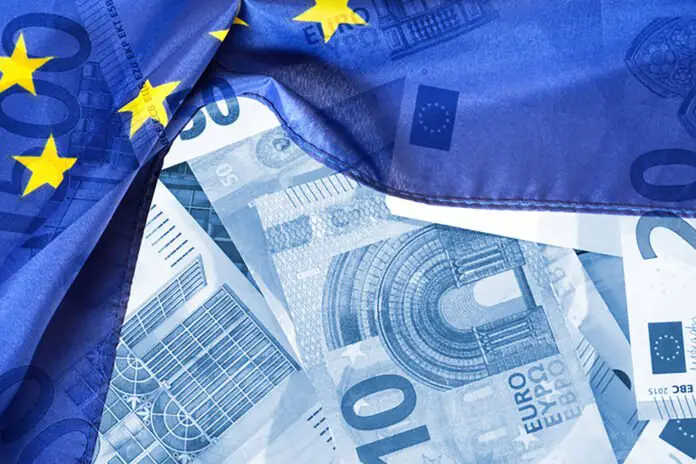Staff Reporter
The European Commission is gearing up to propose significant changes to the long-term budget, aiming for a more streamlined and focused approach for the period from 2028 to 2034.
As the Commission prepares the next Multiannual Financial Framework (MFF), set to be unveiled in July, the focus is on creating a budget that is simpler, more effective, and adaptable to evolving policy priorities. “Choices need to be made. The EU must maximize the impact of every euro spent, concentrating on areas where EU action is most crucial,” the communication stated.
Currently, the MFF stands at €1.2 trillion, representing 1% of the EU’s GDP (excluding post-pandemic recovery funds). A significant portion of these funds is allocated to agricultural subsidies and initiatives aimed at bridging the socio-economic divide between the EU’s wealthiest and poorest regions.
However, with increasing demands for resources in security and defense, the allocation of funds may shift, reflecting the EU’s commitment to maintaining competitiveness on the global stage.
Siegfried Mureșan, the lead MEP on the next Multiannual Financial Framework (MFF), emphasized the need for a balanced approach to the EU’s long-term budget. “We need a balance between traditional priorities—like agriculture and cohesion—and new priorities, including research, innovation, digital initiatives, and the green transition,” Mureșan told Euronews.
He underscored that if Europe aims to expand its capabilities, it cannot do so with a smaller budget.
The European Commission is now proposing a redesign of the bloc’s long-term budget for 2028-34, which includes tailored plans for each member state and aligns investments with necessary reforms, akin to the post-pandemic recovery funds.
According to the proposal, a new European Competitiveness Fund will be established to provide investment capacity for strategic sectors, critical technologies, and projects of common European interest. Budget Commissioner Piotr Serafin previously indicated that the Commission aims to develop a budget with “fewer, more focused programmes” that are ambitious in both design and scope.
The Commission also highlighted the urgency of developing new own resources, such as customs duties and contributions based on the value-added tax (VAT) collected by member states. These options are crucial for sustaining the EU’s common budget, alongside direct contributions from member states.
Earlier this week, the Spanish government proposed a bold plan to double the European Union’s budget to at least 2% of the bloc’s GDP, according to a non-paper reviewed by Euronews. This proposal includes allocating 50% of the budget specifically for the green transition, matching the investment capacity gained from the post-pandemic recovery funds, which stands at around 1.7%.
In addition, Spain has expressed support for the potential issuance of joint debt to finance strategic investments and European public goods, including defense initiatives.
However, this proposal has drawn criticism. MEP Siegfried Mureșan argued, “The position of the Spanish government is irresponsible. The debt incurred for the Next Generation EU program is still unpaid, yet the Spanish government suggests we should take on more debt.” Mureșan cautioned that such decisions could particularly burden young people, as they would be responsible for repaying this debt in the coming decade.

Estimates indicate that after 2027, approximately €30 billion annually will be needed to service the debt from the post-pandemic funds, potentially consuming nearly 20% of the total budget.
Budget Commissioner Piotr Serafin is expected to unveil the proposal for the EU’s next long-term budget in July, marking the beginning of intense negotiations with the European Parliament and member states to reach a consensus before 2028.
Mureșan emphasized the need for a discussion about Europe’s future, stating, “People are concerned about security, jobs, and their prosperity. This is why the budget should address these critical issues.”

